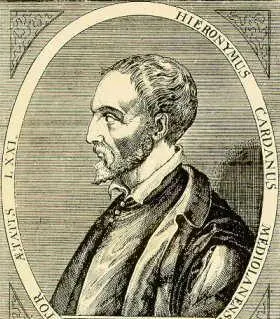What changes has MU made to progress?
After nearly a year of many changes under Ruben Amorim, MU has finally started to regain stability and new energy.
From a team doubted for its identity, system, and competitiveness, they have now won three straight Premier League games, their best run since February 2024. More importantly, MU has truly changed their playing style, shifted their thinking, and begun moving on the right path.
Structure and confidence have returned.
When Amorim arrived at Old Trafford, the team was a mess: no clear attacking plan, disorganized defense, and low morale. Now, after nearly a year, his tactical mark is becoming clear. Amorim built the team around a flexible 3-4-3 formation, but the difference lies in how MU moves and adapts during each play.
In attack, they push the line up with two withdrawn forwards (Matheus Cunha and Bryan Mbeumo) drifting inside like two "number 10s," creating space for wing-backs to advance. Defensively, they quickly compact into a 5-4-1 shape, protecting the midfield and locking down the central area, which was MU’s weakest zone under Erik ten Hag.
Amorim also helped defenders like Luke Shaw and Matthijs de Ligt change their mindset. Previously, they mostly held their positions, but now they are encouraged to push forward, pressing up to the halfway line to intercept passes and pressure opposing attackers. Shaw himself won the ball from Georginio Rutter, starting Casemiro’s goal against Brighton. MU no longer waits passively for counterattacks; Amorim’s team now takes control of space and forces opponents into mistakes.
Amorim isn’t a coach who favors elaborate philosophies. But under his guidance, MU has become more attractive through organization. The team no longer attacks blindly but knows when to press high and when to defend deep. "We can do a bit of everything – control possession, create chances, press high, and defend low," Amorim said after the Brighton victory. This flexibility is what MU has lost for many years.
Amorim also changed how the team circulates the ball: instead of building from the back like under Ten Hag, he encourages defenders to play long, direct passes forward. As a result, MU transitions faster, makes fewer midfield mistakes, and attacks more directly.
One of the biggest highlights in MU’s progress is the new role of Amad Diallo. The young Ivorian, once seen purely as an attacking winger, is now playing as a right wing-back, and surprisingly, he’s doing extremely well in this position.
In Amorim’s 3-4-3 system, Amad does more than just run the flank; he is a "dual weapon": offensively, he drifts inside like a creative midfielder, while defensively, he drops back to form a five-man defense. Using Amad this way helps MU increase creativity on the wing while maintaining defensive depth without sacrificing a forward.
A new MU is not perfect but is moving in the right direction.
Money is being spent wisely.
Beyond tactics, Amorim has also changed MU’s approach to the transfer market. After years of misguided spending, the new signings brought by INEOS and Amorim last summer have made a clear difference.
Matheus Cunha, a £62 million signing from Wolves, finally scored his first goal for MU with a sharp long-range shot against Brighton. Bryan Mbeumo, familiar with the Premier League, has become a key attacking spark with his speed and intelligent movement. Benjamin Sesko, although not scoring much yet, consistently participates in build-up play and pressing.
Additionally, young goalkeeper Senne Lammens, a relatively unknown choice, has proven his worth with consistent performances, alleviating concerns in goal. Brighton’s coach Fabian Hurzeler admitted: "MU presses better, plays with higher intensity, and individual quality is superior. The money has been invested correctly."
If the attack is a new highlight, MU’s midfield – led by Casemiro – is the foundation of the change. The Brazilian midfielder not only scores and assists but also acts as the "conductor," managing the game’s rhythm.
When he was substituted in the 70th minute against Brighton, MU immediately lost control of midfield, allowing the opponent to reduce the score. Amorim understands Casemiro’s value well: he has structured the system to better protect this midfielder by pulling the two "number 10s" back when defending. This lets Casemiro focus on organizing and recovering the ball instead of being caught in duels like before.
Vu Manh










 Links
Links
 Contact
Contact
 App
App


